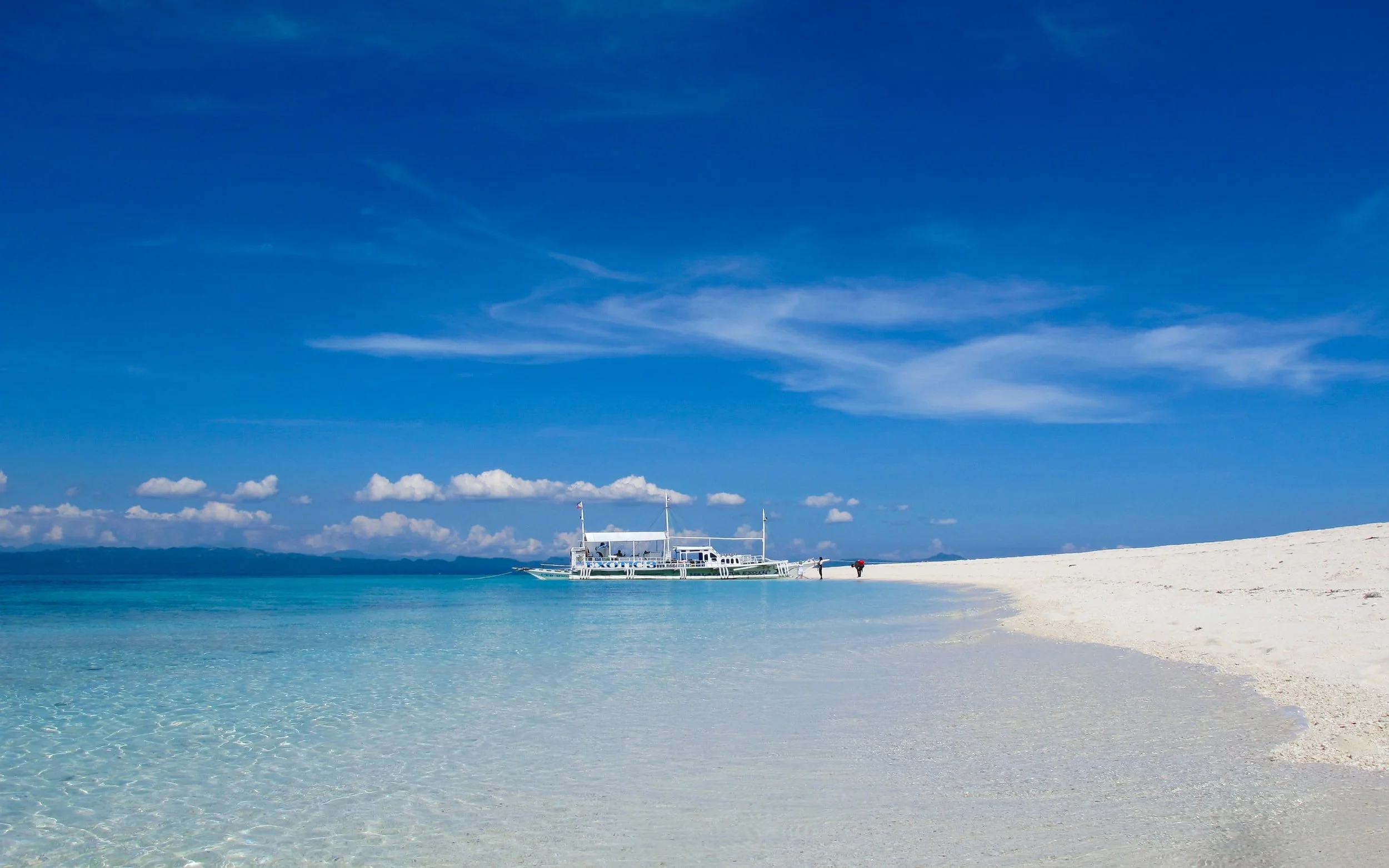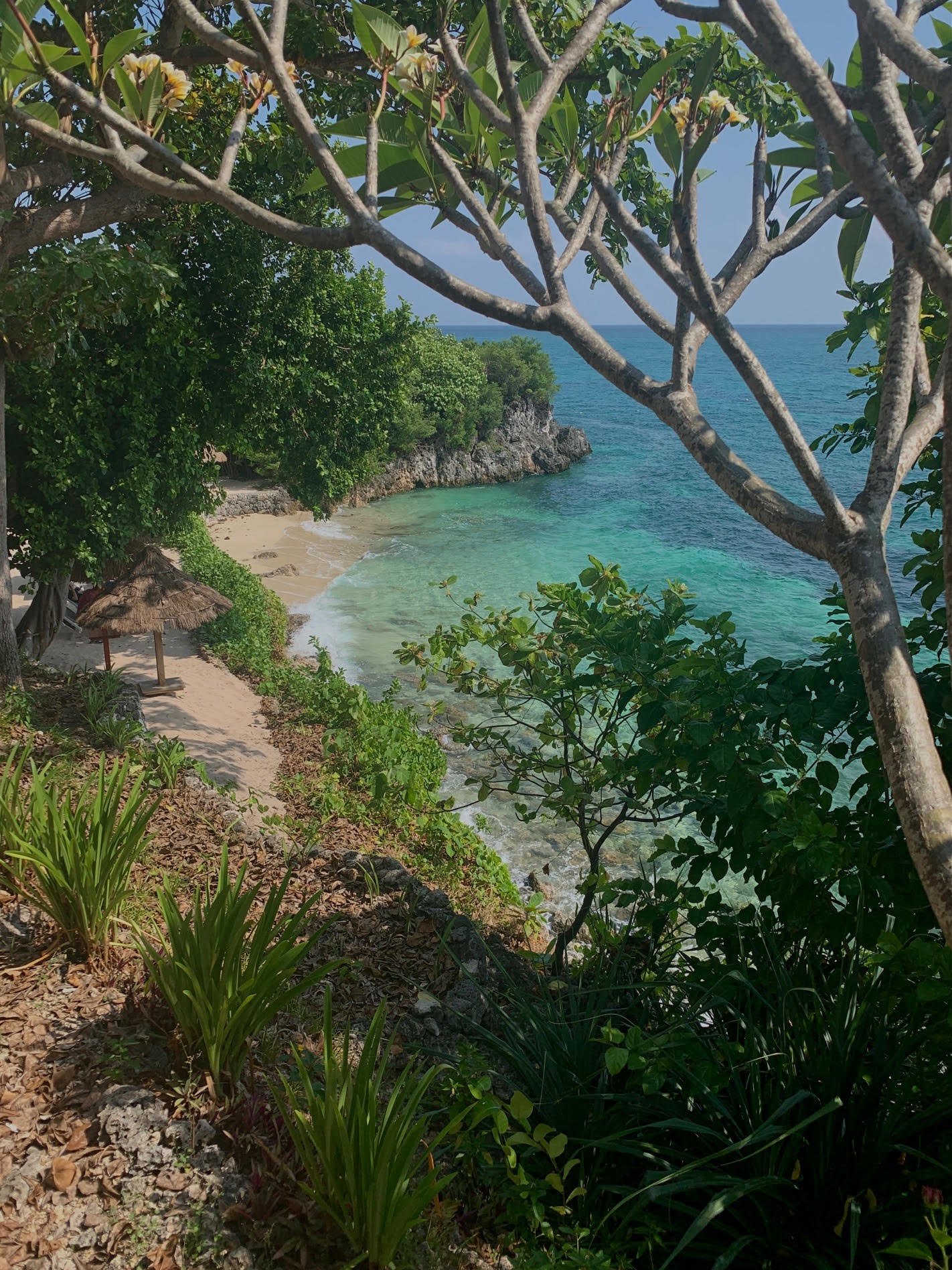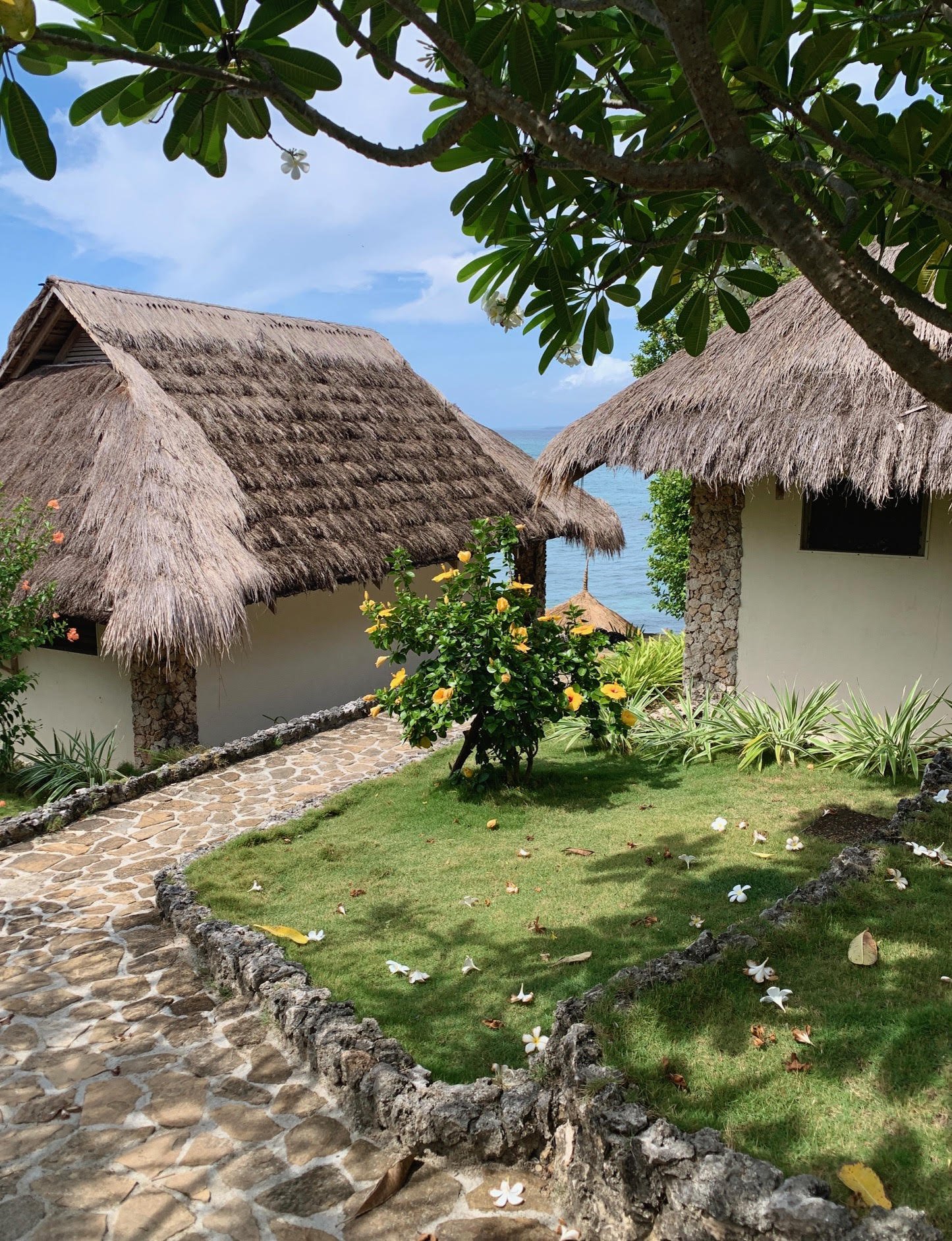MALAPASCUA - Marine wonders in a quiet Philippine island
Some of my friends found it amusing that I had decided to spend the Easter holidays (vacanze di Pasqua, in Italian) on an island called ‘Malapascua’. The association of ‘mala’ with ‘male’ (meaning ‘bad’) was immediate. If only I were a bit superstitious, I should have come out with another destination.
But then, it reassured me to know that the name of Malapascua Island, located off the bigger island of Cebu, in the Philippines, dates back to the arrival of the Spaniards, who landed on the island on a stormy Christmas day. Hence the name Malapascua, “unfortunate Christmas” (malas sa pasko, in Tagalog language). It turned out that I had chosen the right time of the year.
The flight from Hong Kong to Cebu is only just over two hours and a half but covering the 132 km from Cebu Airport to Maya Port took at least three hours. From there, my husband and I caught a ‘bangka’ in the shape of a double-outrigger boat, for the 30 to 40-minute private transfer.
Driving on the left whereas cars are supposed to keep the right seemed to be quite the rule in Cebu, if you wished to overtake other cars, jeepneys full of passengers, ubiquitous motorbikes, minivans carrying gallons of water, trucks turned into taxis where men and women – hair flowing in the wind – sat next to each other on plastic chairs.
Darwin, our driver, stopped halfway to buy bibingka, a Filipino baked rice cake with coconut milk, traditionally cooked in a terracotta oven lined with banana leaves. It was delicious, with its sweet and smoky taste. Just what we needed for the next part of the adventure awaiting us: a choppy sea and some dark clouds looming at the horizon, quite unusual for this period of the year.
But once we stepped on the white powdery sand and perceived the quiet and laid-back vibe of an island that had not become a major tourist destination – unlike the more famous Cebu, Palawan, or Boracay – we forgot about the long drive and the rocking boat.
Tepanee Beach Resort
The access to Sunset Beach, the entrance point to the part of the sea rich in fish and corals, is from the Tepanee Beach Resort, where we would stay during our holidays. Quite hungry after the long transfer, the first thing we ordered at their Chiringuito Bar was a tasty ‘piadina’, a stuffed flatbread typical of the Romagna region in Italy. The resort’s owners, Silvia Merli and Andrea Brugnoli are originally from Bologna, and this explains the very good Italian food served there (including the delicious wood-fired pizza).
Malapascua offers amazing diving spots, but the highlight of our trip was going to be just snorkelling, appreciation of Nature’s beauty (from the patio of our cottage too), and avoidance of any form of stress. Frantic Hong Kong’s lifestyle had a toll on us, and we didn’t travel to the Philippines with the idea of finding something new to do every day. On the contrary, we wanted to spend six days in complete relaxation.
It was intriguing to talk to the people who decided to build and run this resort, because their job extended beyond ‘business’ and went into sustainability and marine preservation.
On the day of our arrival, Silvia talked about their sixteen years in Malapascua, the challenges of Covid, her scuba-diving interest (she is an accredited diving instructor), the marine conservation area that they managed to get approval for (no boats, no fishing, no collection of sand and shells, etc), and the coral colonies they were trying to re-create. She also told me how their efforts had been paying off: the bay in front of the resort was now teeming with marine life and it had become a major destination for those wishing to find the baby black-tip sharks. The best way to spot them – she said – was to drift, to float moving slowly, without standing in the water or making noise.
Following Silvia’s suggestion, I avoided looking for the sharks in the morning, when the boats moored beyond the protected areas to let the tourists swim, talking loudly and calling each other. And in fact, one afternoon, after exploring the deserted bay, I enjoyed the company not only of parrot fish, clown fish, corals, sea anemones, mackerels, rabbit fish grazing Posidonia, starfish and many more marine creatures – but I was lucky enough to swim with at least twenty baby sharks of different sizes. I experienced such peace, following their undulating bodies as they moved around in circles together with an enormous school of fish. It was magic.
It is also worth mentioning that Malapascua is the only place in the world where - almost on a daily basis - recreational divers can encounter another kind of shark, the Thresher Shark, and more precisely at Monad Shoal dive site.
Our days passed by quietly: reading, exploring the sea, taking a trip to the nearby marine areas, enjoying Italian and Filipino dishes at the Chiringuito, and relaxing on the patio of our cottage. We even went to visit the ‘centre’ of Malapascua, just to find out that it was no more than a main road with a community centre, some shops selling basic groceries, a few B&B, and a pharmacy (there are no doctors on the island, only a midwife). It was one of the less touristy places we’ve ever visited.
One afternoon, curious to know what could have driven two professionally accomplished people from bustling Bologna to this very quiet piece of paradise, I sat at the bar with Andrea, eager to share his experience in Malapascua.
Before moving to the island, Andrea had worked in the property sector – he was a developer – and Silvia in IT management. Andrea’s desire was to embark on ‘something different’, abroad, and after ruling out Thailand, and after meeting Silvia – also interested in exploring new possibilities – the choice fell on the Philippines. In 2006, Andrea came to visit Malapascua. One year later, the cottages were being built. After 18 months, on Christmas 2008, they opened the first 8 units. The whole resort, which now can host 55 people in the 27 units, was developed in 3 steps, on partly purchased and partly rented land.
The ‘Chiringuito’ bar and restaurant serves Filipino and Italian food fare, which the local staff has learned to cook from the Italian chefs who have been previously working there. Tepanee’s choice is to only use local ingredients and fish from Malapascua waters, sourcing Italian products from Cebu.
I was also very interested in their marine conservation project. “Opposite Tepanee,” Andrea told me “The little island of Dakit Dakit has always been rich in marine life, despite the uncontrolled fishing methods. One day, in one of my long swims toward Dakit Dakit (which in the meantime had been declared a protected area), I saw a black-tip shark, and during subsequent explorations with Silvia, we realised there were more.”
This discovery inspired them to protect the patch of sea immediately opposite the resort. And finally, it became off-limits to fishing and boats. The project also included the creation of an artificial coral reef. It was approved by the municipality. The results were amazing. The number of fish triplicated, and the shark population increased. Now there are at least 40 of them.
To preserve and help the growth of corals, the method is simple, as Andrea explains: some fragments of corals are attached with bands to iron structures that look like cages. As long as the coral fragments are submerged in water, the coral polyps regrow very fast.
I asked Andrea what cultural challenges they faced when moving to the island. “Unlike other Asian countries, English language is widely spoken in the Philippines,” he told me “and this facilitates transactions and the understanding of local rules and regulations, laws, and legal contracts. It’s an important aspect of living here. In Malapascua, the language is Bisaya (Cebuano language, different from the official Tagalog), but almost everyone knows English. On top of that, local people are amicable, very nice and committed to their jobs”.
Both Silvia and Andrea managed to balance the ‘island life’ with their desire to travel and explore the world. “Since the very beginning,” Andrea says, “we gave full responsibility to our staff so they could independently manage everything. In any case, with an internet connection, we can be reached 24/7. Silvia, who oversees marketing and sales, can keep working remotely, wherever we are. Malapascua is too small, and during the year we feel the need to change scenery. Luckily, Cebu boasts a recently renovated and well-connected international airport. But when we’re here, besides welcoming guests from different parts of the world, we still enjoy diving, swimming, and living a quiet life, always connected to the sea, which is ultimately our passion.”
I can perfectly understand Andrea’s point of view: who would be willing to trade a life of chaos and stress when you can have a paradise island for yourself?
It’s time for us to go, not before a last swim and a goodbye to the sharks and to all the fantastic marine creatures so very well taken care of by all.
Cover: Malapscua Island © Sean Robertson
Photo and video credits: Tepanee.com; Paola Caronni








